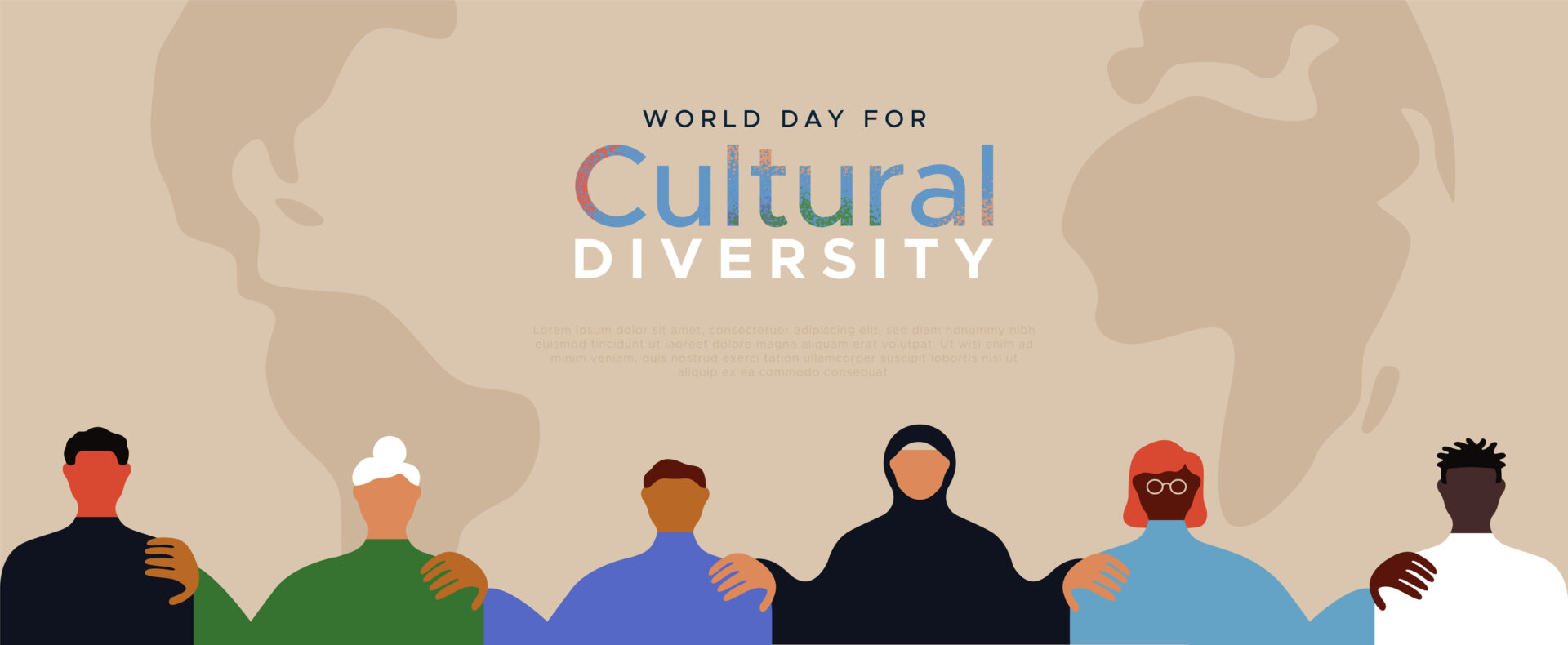For most, healthcare has positive connotations. It’s an institution that adds to the quality and length of an individual’s life by working to prevent and treat disease, illness, and injury. White coats, the attire most physicians wear, echo this message, signifying cleanliness and purity.
Although medical professionals have changed many lives for the better, healthcare as an institution has its flaws.
Racism in medicine has a long history that has been built into the health system. It is responsible for causing Blacks and other people of color (POC) to lose faith in healthcare providers.
The repercussions it has on the health of members within these communities is severe. In our post, Health Disparities in the Black Community, we touch on how Black representation in healthcare can alleviate these issues. In this post, we expand upon this topic and examine past and present racism in healthcare.
A History of Harm
Over many decades, members of the Black community have developed a distrust in medicine and its associated research based on centuries of inhumane treatment, much of it stemming from scientific or biological racism. These terms describe the belief that individuals of a darker skin tone are inferior to those who are white. These beliefs developed from inaccurate studies of human anatomy, which failed to produce data that supported these views. Race is not biological; instead, it is societal.
Over time, biological racism has been the scapegoat for genocide and anti-humanism actions against certain groups of people. In the 1800s and 1900s, scientists used biological racism as grounds to experiment with various medical treatments on members of the Black community. The Time magazine expose on the history of medical research sheds light on inhumane experiments done by white people to Black people. Their study reaches back to the times of slavery when gynecological research was performed on female slaves. In this instance, their lives were traded without consent to further medicine, which, at that time, was only available to whites.
Even after slavery was outlawed, anti-humanism acts against the Black community for furthering medicine continued. During the 1900s, those who could not afford medical care and were from lower socioeconomic groups, could expect poor medical attention. If they received medical attention from white physicians and scientists, it was often for research. This was still true by the end of the 1970s when the Public Health Service wrapped up a 40-year study on syphilis. The study’s name, The Tuskegee Study of Untreated Syphilis in the African American Male, describes what occurred during those 40 years. Just shy of 400 African American men with syphilis were informed by Tuskegee University researchers they would get free medical attention. Instead of receiving the care they needed, researchers gave participants placebos and waited. They recorded the health complications that began to develop in participants as the state of their health declined. Many men became blind and deaf, struggled with mental illness, were diagnosed with heart disease, experienced complications to their nervous systems, and even died.
The history and accounts of biological racism led many Black and African Americans to distrust healthcare professionals and researchers. While it’s justified, this distrust has resulted in fewer POC agreeing to participate in medical research that would be beneficial and could inspire medical breakthroughs. This is concerning when it comes to epigenetics, which accounts for the role that ethnicity and ancestry play in the likelihood of developing specific health issues.
Consider reading Medical Apartheid, by Harriet H. Washington for more information on the effects of medical experiences on the Black community throughout history.
Present Day
Although backlash from the Tuskegee study led the U.S. government to establish agencies to ensure racially targeted research does not continue, the Black community still has concerns. Racial bias in medicine still exists with examples in the quality (or lack thereof) of patient communication, treatment decisions, and outcomes.
When it comes to communication, Black patients are often talked down to and given little input regarding treatment options. One example of this that has been a recent talking point is the opioid crisis. Due to racial bias and preconceived notions about Blacks, pain medication is consistently underprovided to African American individuals. While this may have prevented individuals from addiction, this treatment decision was anti-human and disregarded the pain that patients may have been feeling during their course of care.
In addition to receiving inferior treatment than whites, African Americans report they experience longer wait times as their health concerns are viewed as less serious. In the U.S., COVID-19 has severely impacted the Black community as Black people are twice as likely to die from COVID-19 as white people. Unfortunately, many healthcare professionals continue to downplay the COVID-19-related symptoms that members of this community are experiencing. Many have been turned away from hospitals and later died from COVID-19.
Because Black individuals may have a hard time being heard, seen, and taken care of by physicians, they may forego attending appointments. This means missing annual physicals and screenings, which are critical to detecting disease and preventing it before it is too late.
The Importance of Identity
Educating healthcare professionals on the prevalence of racial bias in medicine today may lead them to hear and see patients as complex humans, regardless of skin color.
Countless studies show that health outcomes are more positive when the identity of a patient and physician align. In a recent study that reinforces the fact of racial bias in health care, researchers found that care for Black patients is better when they see Black doctors. Researchers also found that similar patient and physician identities may lead to better communication as both parties may feel more trust. There is also the idea that the physician can relate to the patient, perhaps understanding outside forces that can be impacting their health.
As pointed out in another post, only 4% of healthcare professionals are Black. This number is disproportionate to the U.S. population, of which roughly 13% of individuals identify as Black. To increase the representation, trust, and health outcomes for members within the Black community, we need to improve; we must examine the diversity of medical students and those in residency within the U.S.
Between 2019 and 2020, there were 92,758 individuals enrolled in U.S. medical schools. Based on data compiled by the Association of American Medical Colleges, 2,663, or about 5.8% identified as Black or African American. According to the Accreditation Council of American Graduate Medical Education, the percentage of medical residents that identify as Black is the same, 5.8%. While it is curious that these percentages are exactly the same, the fact that the Black population percentage is higher than the percentage of Black physicians currently practicing indicates growth in the future.
Although there is growth in the right direction, 5.8% is simply not enough. To encourage an influx of Black students, residents, and physicians, here are 3 steps to take:
-
- Create infrastructure changes that encourage young members within Black communities to pursue a future in medicine.
- Construct institutional changes within medical schools to recruit a diverse student body.
- Continue to rebuild trust with the Black community as it relates to healthcare, which may largely lie in the hands of future physicians of color. For information on ongoing initiatives to meet these goals, click here.
Want to learn more about the Black Lives Matters Movement?
We curated a number of resources to help you a better ally and advocate for the Black community







Leave A Comment